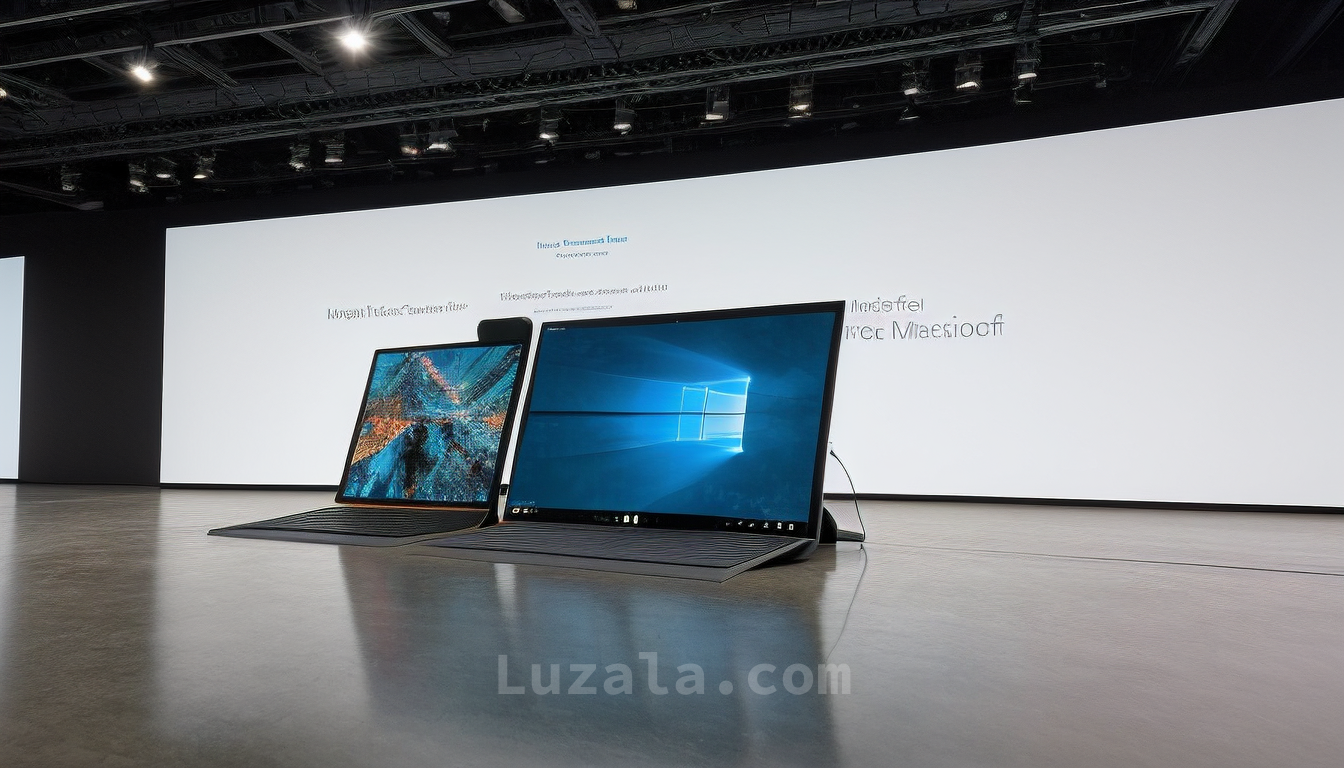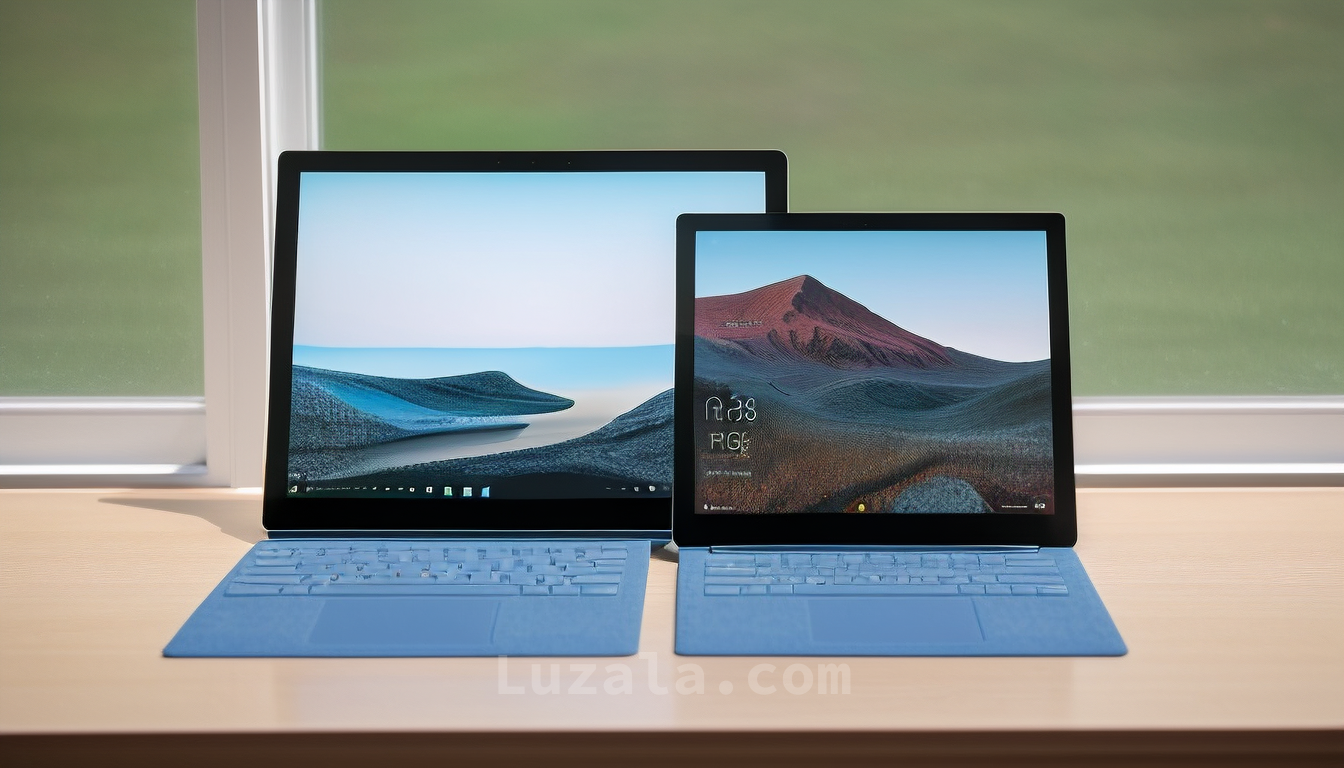Google's Bard Chatbot: A Game-Changer in AI Integration
Google enhances Bard chatbot, integrating it with Gmail, Docs, Drive, Maps, YouTube, and more. New features include fact-checking and improved utility, but challenges remain in addressing inaccuracies.
Google unveiled a groundbreaking update to its Bard chatbot, aiming to integrate this generative AI into its suite of popular services, such as Gmail, Docs, Drive, Maps, YouTube, and more. This strategic move brings Bard into direct competition with ChatGPT, positioning it as a leading large language model in terms of usefulness and accessibility.
The centerpiece of this innovation is what Google is calling "Bard Extensions," a term borrowed from user-selected Chrome additions. These AI extensions empower users to set Bard on a mission to retrieve data from various segments of their Google accounts. For instance, when planning a vacation, you can instruct Bard to scour your Gmail for flight details, explore flight and hotel options on Google Flights, and even craft a daily itinerary based on insights from YouTube. Google emphasizes that these features are opt-in, assuring users that their private data won't be used to train the AI.
Another significant addition is the "Double Check the Response" feature, designed to address one of the persistent issues with AI language models – inaccuracies and hallucinations. After posing a question to Bard, users can hit the "G" button to prompt the AI to cross-check its responses against information available on the web. It will then highlight any information that it may have fabricated or distorted. This innovation makes Bard the first major AI tool capable of fact-checking itself in real-time.
While this enhanced version of Bard represents a nascent technology that may have some initial glitches and irritations, it offers a glimpse into the kind of transformative technology we've long envisioned since the days of science fiction. Today, interacting with computers often requires adapting our questions to fit the limited language capabilities of machines. However, with these Bard updates, we take a small yet significant step closer to the vision of human-like interactions with technology, akin to the seamless communication depicted in shows like Star Trek.
Gizmodo recently had the opportunity to sit down for an interview with Jack Krawczyk, the Product Lead for Google Bard. In this conversation, they delved into the new features, challenges in chatbot technology, and the future of AI in our daily lives.
(As is common practice, this interview has been edited for clarity and consistency.)
Jack Krawczyk: Two recurring sentiments we often hear about language models are that they sound impressive but aren't particularly useful in day-to-day life and that they tend to generate incorrect or hallucinatory information. Starting from tomorrow, we have solutions to both of these issues.
We're proud to introduce the first language model that seamlessly integrates into your personal life. With the introduction of Bard Extensions, you now have the option to allow Bard to access and utilize information from your Gmail, Google Docs, and other sources to assist you in your tasks. Moreover, with the "Double Check the Response" feature, we're pioneering a new era of transparency in AI. We're the only language model willing to acknowledge and rectify its mistakes.
Thomas Germain: You've succinctly captured the sentiments many of us have had regarding AI language models. They've often seemed like impressive but ultimately impractical novelties. However, by integrating Bard with various Google apps, it appears to be evolving from a mere party trick into a genuinely useful tool that enhances our daily lives.
JK: At its core, interacting with language models represents a shift in how we perceive technology. We're accustomed to thinking of technology as tools that perform tasks for us, such as providing directions from point A to point B. Naturally, people gravitate toward that concept. However, it's truly inspiring to reimagine technology as something that collaborates with us, which may not be immediately intuitive.
We've witnessed people use Bard in ways we never anticipated. For example, someone took a photo of their living room and asked, "How can I rearrange my furniture to improve feng shui?" It's this collaborative aspect that excites me. We refer to it as "augmented imagination" because it assists during those moments when ideas are still fragile and nascent.
TG: We've seen instances where Bard and other chatbots have produced racist or dangerous responses. It's been approximately a year since ChatGPT was introduced. Why has solving this problem been so challenging?
JK: This is where the Double Check feature provides valuable insight. The other day, I was cooking swordfish, and one of the challenges with cooking it is the lingering smell it can leave in your home for days. I asked Bard for advice, and one of its suggestions was to "wash your pet more frequently." While it may seem surprising, there's a certain logic to it. However, when I used the Double Check feature, it corrected itself and pointed out that excessive pet washing can strip their skin of essential oils.
We've enhanced the app to examine each sentence independently and search the web to validate its responses. In the case of pet washing, it offered a reasonable response, but it underscores the nuanced nature of many queries that require context.
TG: Bard carries a disclaimer warning that it may provide inaccurate or offensive information and that it doesn't reflect the company's views. While providing more context is commendable, critics might question why Google is releasing a tool that might generate offensive or inaccurate responses in the first place. Is that responsible?
JK: These tools are incredibly valuable for exploring possibilities. In collaborative situations, people often make educated guesses. We believe that's where the value of technology lies, especially in situations where no other tool can provide a solution. We received feedback from an individual with autism who said, "I can discern when someone's email tone is angry, but I'm unsure if my response will further provoke them."
For such issues, interpretation is more critical than analysis. We're offering a tool that has the potential to address problems beyond the scope of current technology. That's why we must strike a balance. Bard is still in its experimental phase, and this problem isn't fully resolved. However, we believe there's profound good that can emerge from this technology, even though we may not have all the answers today. Your question about releasing technology that makes mistakes raises a valid point. Collaboration often involves making mistakes, and we want to be bold while also maintaining responsibility.
TG: It seems the ultimate goal is to blur the line between Bard and Google Search, making it a seamless experience where users get the most useful information at any given moment. How far are we from achieving that?
TG: This may not be your primary topic today, but I'd like to touch on the concept of sentience. What are your thoughts on it? Is it an important question for us to be asking in the current context?
JK: The fact that people are raising questions about sentience suggests its importance. Is what we're building today sentient? Categorically, I would say no. However, there's a discussion to be had about whether it has the potential for sentience. Sentience often revolves around comparison. I haven't seen any indications that computers can experience
Download your fonts:
Hello Linnea Font - Free Download
Bretageds Font - Free Download
Enthusiast Behavior Font - Free Download















Comments